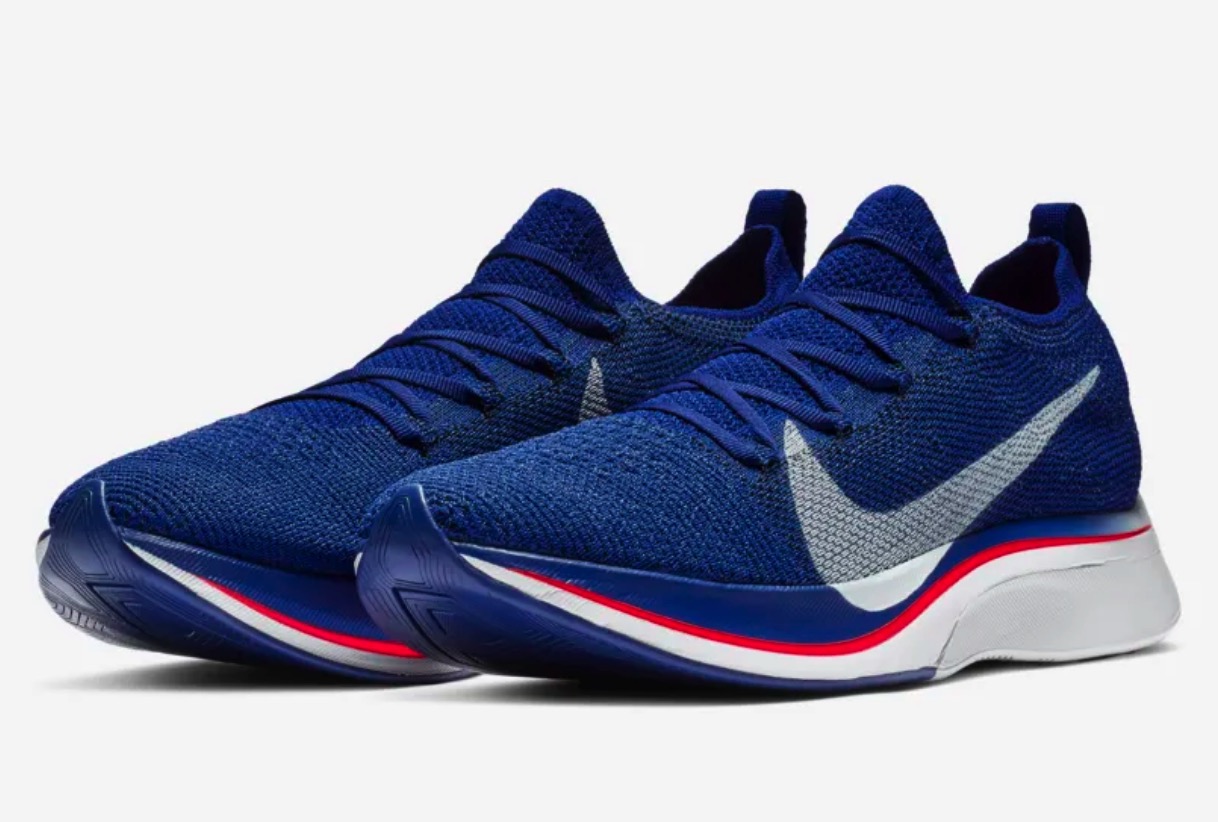advertisement
Technology-assisted running?
Most of us come from a time when shoes were an item of footwear intended to protect and comfort the…

Most of us come from a time when shoes were an item of footwear intended to protect and comfort the human foot, maybe an item of decoration and fashion. But alas! Just how soon times have changed. Today, shoes can actually be tailored to fit just about any human activity, even recently being faulted for a marathon race win.
The 12th October 2019 Ineos win by the Kenyan greatest marathoner of all times, Eliud Kipchoge, has since hit headlines with controversial studies justifying the why and why not it should be feted.
The Nike shoes worn by Kipchonge, are ‘believed’ to have enabled or enhanced the win- a first of its kind in which a marathon was successfully completed a in less than two hours.
advertisement
Well, a lot continues to be told about the 12th October win but today we choose not to add to that library, rather demystify the technologies behind the shoes and how the renowned manufacturer of sports shoes (Nike), could have influenced this historic win.
Dubbed Nike Vaporfly, the shoes are believed to have been tailor-made for marathon running. An everyday trainer disguised as a racing flat and built with a carbon-fiber (Carbon X) plate smashed between layers of foam to deliver an ultra-smooth and fast-feeling ride.
Wouter Hoogkamer, the lead author on the study about the shoes, reported to the Runner’s World that the biomechanics of the shoe was important for energy.
advertisement
The study on Vaporfly, conducted in 2017 and published by the Sports Medicine journal, reported that every one of the 18 runners tested at the University of Colorado Boulder’s “Locomotion Lab”, had better running economy in the Vaporfly than when they ran in two other racing shoe models (Nike Zoom Streak 6 and Adidas Adios Boost 2); it saves energy.
Turns out that Vaporfly energy saving comes from three things. First, runners’ ankle mechanics improve due to the curved carbon-fiber plate that runs throughout the midsole from heel to toes, that researchers believe that in a sense, stabilizes the ankle and reduces “rotational force”.
The first iteration of the carbon-fibre plate was the ProPlate, which appeared in an early version of the Adidas AdiStar in the early 2000s. Researchers in the faculty have since worked with companies like ASICS, New Balance and Brooks, as well as Adidas and Nike, all of whom have experimented with incorporating a carbon fibre plate into their products.
advertisement
Recent studies found out that while the introduction of a curved carbon fibre plate minimizes energy loss, it doesn’t behave like a spring, exactly.
Second, the ZoomX foam in the midsole has two unique properties: an unusual degree of compliance (it squishes when feet land) and an unusual degree of resilience (it springs back to its original shape, returning most of the energy your foot applied when you landed).
“In fact, the shoe has 80 percent energy return in the heel, which is the highest we’ve ever measured in our Runner’s World shoe lab,” Hoogkamer added.
Lastly, a carbon fiber plate that functions as a spring and the ZoomX midsole is so lightweight, runners lose less energy by the plate keeping their toes straight. Toes work and waste energy when we run by flexing The ZoomX also called Pebax by nerds, is uncommonly compliant and resilient and squishy and springy.These properties enable the plate foam to absorb the energy a runner applies when their feet meet pavement and return a portion of it to their stride (arguably), how it works exactly, remains unclear.
Some consumers of the shoes said that they are so light, what informs their choice for it.
“The shoes weigh nothing compared to other shoes and the fly knit is so thin it doesn’t rub across the achilles. I don’t wear these to be faster, I wear them because no other shoe keeps my achilles out of pain,” said Vanessa Bogonholm.
Researchers originally hypothesized that the foam would save runners energy by reducing bending at their knees, but that turned out not to be the case. “But the foam, mechanically speaking, is a big player in whatever’s going on,” Hoogkamer says.
Engineers are in the rise for developing the New Balance FuelCell 5280, a carbon-fiber plate that adds propulsion and increases efficiency, with a grippy rubber outsole to increases traction on pavement. A lightweight knit upper and bouncy FuelCell foam cushioning to help to maximize speed for short-distance races, like the road mile.
The FuelCell 5280 is a specialized shoe for experienced runners who stick to short road races, up to the 5K. Its feathery weight and streamlined build make it ideal for carving up those quick stretches of pavement.
The Nike ZoomX Vaporfly NEXT% hit the market in July 2019, and it’s better than the original in every way. There’s more bouncy ZoomX foam in the midsole, the heel-to-toe drop decreased from 11mm to 8mm, and it boasts a lighter, less absorbent upper material called VaporWeave. The Vaporfly NEXT% is a light and fast racing shoe that’s ideal for anyone looking to improve their half and full marathon times.
If you’re looking for a versatile running shoe to take you from training to race day, the HOKA Carbon X is a good choice. The Profly X foam is HOKA’s lightest and most resilient yet, and the wide base makes it stable for lots and lots of miles.
But given all the different perspectives into this subject, I will let everyone make individual judgement on whether or not Kipchonge’s win was aided or even worse, if the shoe should be banned for marathon races.